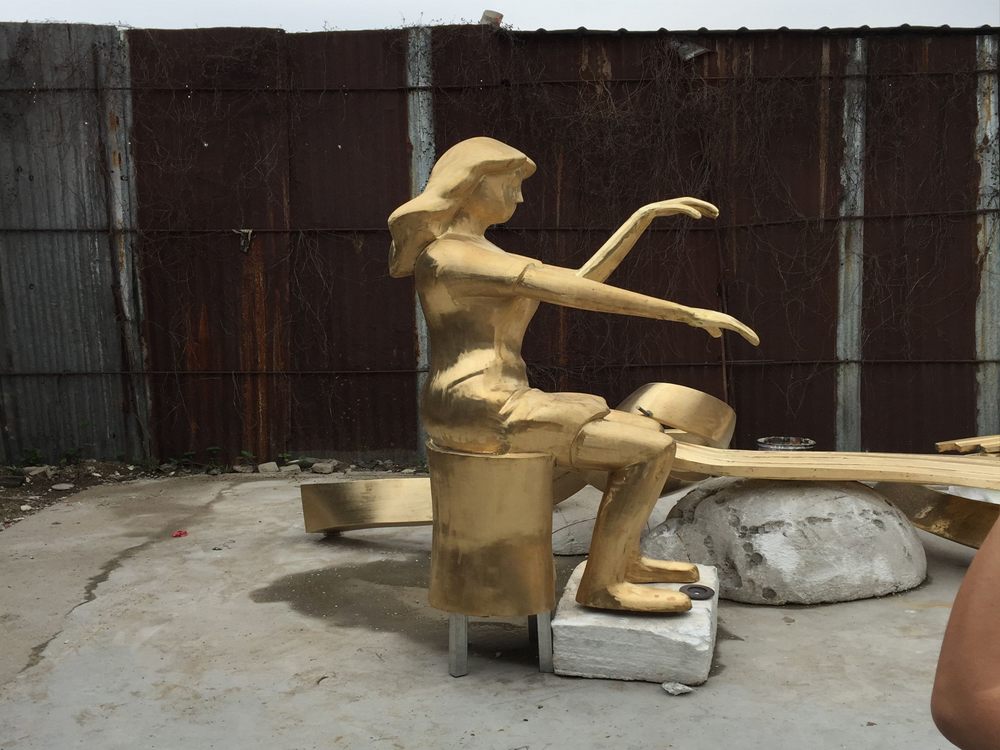
Bronze sculptures, though inherently static, can evoke a powerful sense of movement and dynamism through skilled artistic techniques. Artists employ several methods to breathe life into these metal creations. One key approach is the use of implied motion—strategic positioning of limbs, flowing drapery, or twisted torsos that suggest an action frozen in time. The play of light and shadow across textured surfaces further enhances this illusion, with carefully crafted grooves and ridges guiding the viewer's eye along imagined paths of movement.
Another technique involves asymmetrical composition, where unbalanced forms create visual tension and a sense of impending motion. Many sculptors study human and animal anatomy to capture transitional moments between actions, such as a dancer mid-leap or a horse rearing up. The choice of patina also contributes to dynamism, with contrasting finishes creating visual rhythm across the sculpture's surface.
Contemporary artists often push boundaries by incorporating actual kinetic elements or designing pieces that appear to defy gravity. Through these methods, bronze sculptures transcend their material limitations, capturing the essence of motion in enduring metal form.

